Wireless Tension Load Cell
Eilon Engineering—Wireless tension load cell manufacturer to exceed your needs
If you are in the market for a wired or wireless tension load cell or dynamometer, let Eilon Engineering offer a solution that meets all your requirements at a competitive cost. We have decades of experience that we can bring to your business.
Call Eilon Engineering to discuss how our cutting-edge products skills and experience can benefit your business.
A wireless tension load cell is a device that measures the force or pull applied and displays the measurement on an integrated or remote display.
If there is a reason for not wanting or not being able to connect the load cell and the display via a cable, then you should use a wireless load cell. A wireless system is also easier to install and is not limited by the length of a cable. In addition, if the environment is not suitable for a cable, for example, in foundries and other high-temperature environments which may damage the cable, we suggest using a wireless load cell.
The Eilon Classic accuracy rate is +/- 0.1% of full scale.
Eilon Classic load cells are available in capacities ranging from 0.5 ton up to 300 ton, in either 5:1 or 10:1 safety factor.
Wireless tension load cells are the ideal choice when you need to remotely measure pulling force or weight. Weighing during lifting is important for safety reasons. Wireless tension load cells are more convenient and enable an efficient work flow. Sometimes they are crucial if the point of measurement is inaccessible or in high temperature applications
You need to look no further than Eilon Engineering’s range of wireless tension load cells. Our list of high-profile companies such as NASA, Siemens, Noble Energy, Cirque du Soleil, and Boeing testifies to the reliable weight and force measurement performance
ce in harsh and challenging environments of our products.
All of our products are designed, from the ground up, with a focus on safety, quality, simplicity of use, and suitability for a wide variety of applications and situations.
Eilon Engineering wireless tension load cell applications
Our tension load cells allow you to measure weight, tension or pulling power.
Controlled cable tensioning
Electricity and communication lines have to cope with environmental influences, such as temperature changes, making proper tensioning essential. To achieve optimal tensioning in these cables, they must undergo controlled tensioning.
The same kind of wire pull tests can be employed for cables such as those used in suspension bridges, antenna guy wires, and large tents that are supported by tension wires.
In these applications, the use of Ron Crane Scales dynamometers for controlled cable tensioning is important for the stabilization of such structures.
Ron Crane Scale wireless dynamometers are especially suitable for cable pull test applications due to their innovative features, such as:
- Portability—Small dimensions and weight. Allows electric utility and telecom workers to include our wireless crane scales and wireless load cells as part of their kit. Easily carried while climbing service poles and towers.
- Market-leading battery life—2000 hours of operation (4000-hour option available on wireless models) with common alkaline batteries. Works continuously for months without needing a battery swap. Makes it possible to monitor tensions over prolonged periods.
- Wireless remote displays—Allows reading of measurements from a safe distance.
- High accuracy of 0.1%—Ensures safe and efficient tension load monitoring.
Bollard pull tests
Using the horsepower rating of a waterborne engine is insufficient for determining how powerful a ship-assist tug is. The power output of a tug is defined by the pull or towing force it is capable of applying. To measure the pull or towing force, a bollard pull test is performed. This can be done using Eilon Engineering’s wired / wireless tension load cells. This enables a tug to be certified as “fit for service”.
To perform such a test, the tug is tethered to one or more bollards (short steel structures commonly used for mooring ships to a pier) and a load cell is placed in the tethering line. The tug applies tension to the tethering line while the load cell measures the applied load.
To do a bollard pull test, use Eilon Engineering’s Ron Crane Scales wired or wireless dynamometers. Because these wireless dynamometers can have built-in data logging and PC output options, making tests extremely straightforward. Because they are lightweight and physically compact, they are also highly portable and convenient to use. Their IP67 environmental rating protection prevents damage by accidental immersion in water. If you add multiple displays, readings can be viewed by both the captain and test engineer simultaneously which provides greater control during the test.





.jpg)
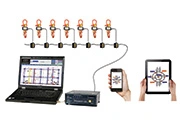
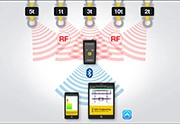
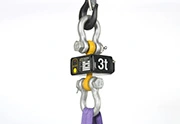
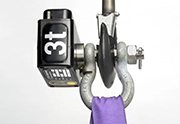




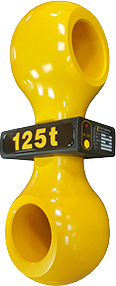
.png) Barcelona Jan 30-Feb 2
Barcelona Jan 30-Feb 2